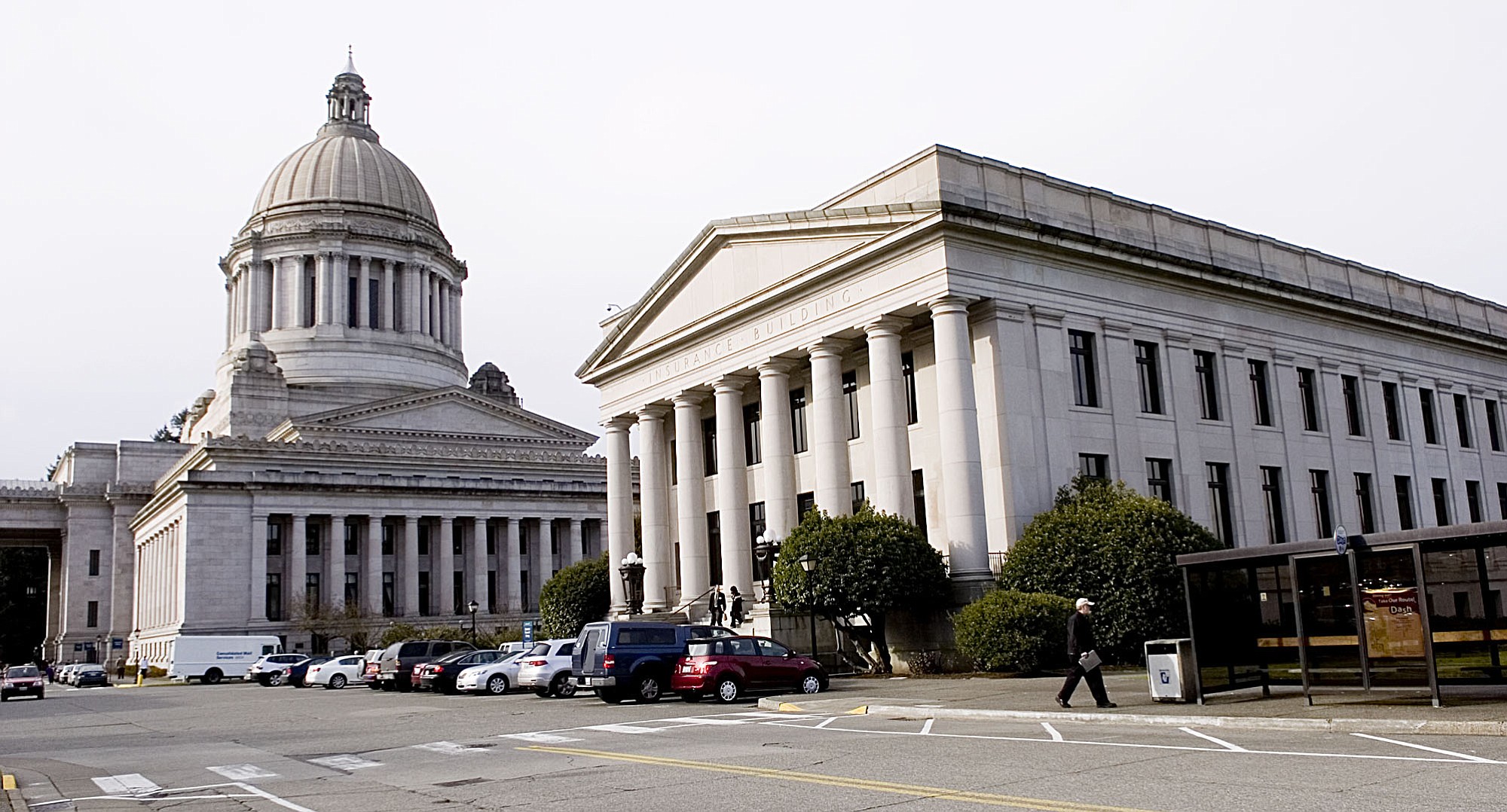OLYMPIA — The debate over money for education was heard at the Washington Supreme Court again on Tuesday. But this time it had to do with the state’s new commitment to public charter schools.
A coalition of teachers, parents and community groups is suing the state to stop the new charter system from getting off the ground.
The discussion Tuesday focused on what the state constitution says about the money to be used to pay for public schools. The central questions were: How many of those dollars are restricted to traditional public schools? How much leeway does the Legislature have in paying for the education of children whose parents decide to send them to charter schools?
In September, the Supreme Court heard arguments concerning another state lawsuit on education funding. The court decided later that month that it would hold the Legislature in contempt for its lack of progress toward fixing the way the state pays for public education. The court has determined that lawmakers are not meeting their constitutional responsibility to fully pay for basic education and that they are relying too much on local tax-levy dollars to balance the education budget.
Both that case, known as the McCleary decision, and this lawsuit focus on the same section of the Washington Constitution, Article IX. Based on the questions the justices asked, their decision on this case may focus on money as well.
The justices kept coming back to the way some state dollars are restricted for use in common schools, which are known today as regular public schools. At the core of this case is the question: Do charter schools meet the constitutional definition of common schools?
Justice Debra Stephens wanted to hear where the limits are on the flexibility of state education spending and the definition of what is a common school.
Paul Lawrence, who represents the coalition that brought the lawsuit, urged the justices in his briefs and his arguments on Tuesday to look to decisions made by the court more than 100 years ago to understand what the framers had in mind.
The state has argued instead that the interpretation of common schools has charged over time to reflect societal changes. For example, high schools are now part of common schools, and they were not part of that category in the beginning. Community colleges also get state dollars set aside for K-12 schools because of the Running Start program, which allows a student to attend high school and community college at the same time.
Both sides agreed that some money is restricted to regular public schools and that it’s difficult to tell which individual dollars are restricted to the schools and which are not. But they did not agree on what that means for charter schools.
Deputy Solicitor General Rebecca Glasgow said the Legislature could separate every dollar and still have enough money left over to pay for charter schools, arguing that only 29 percent of the state tax dollars for education is restricted.
That led Stephens to ask, “Could the other 71 percent be spent on anything?”
Lawrence argued that nearly all the money for schools is restricted because those dollars are so comingled. If citizens knew how charter schools would be competing for dollars with traditional public schools they might not have voted for the charter law in 2012, he said.
“Would the voters have voted for an add-on school system, especially in light of McCleary,” Lawrence asked. The McCleary decision has already put pressure on state lawmakers to find billions more in state money for education before the 2017-18 school year.
Dave Stolier, the assistant attorney general in charge of the education division, said after the hearing that any confusion on the part of the justices may stem from the old court cases they are being asked to consider as part of this decision.
“It’s a complex case in many ways,” Stolier said. “I think there was some confusion up there as to how that system works and the role of the state property tax.”



